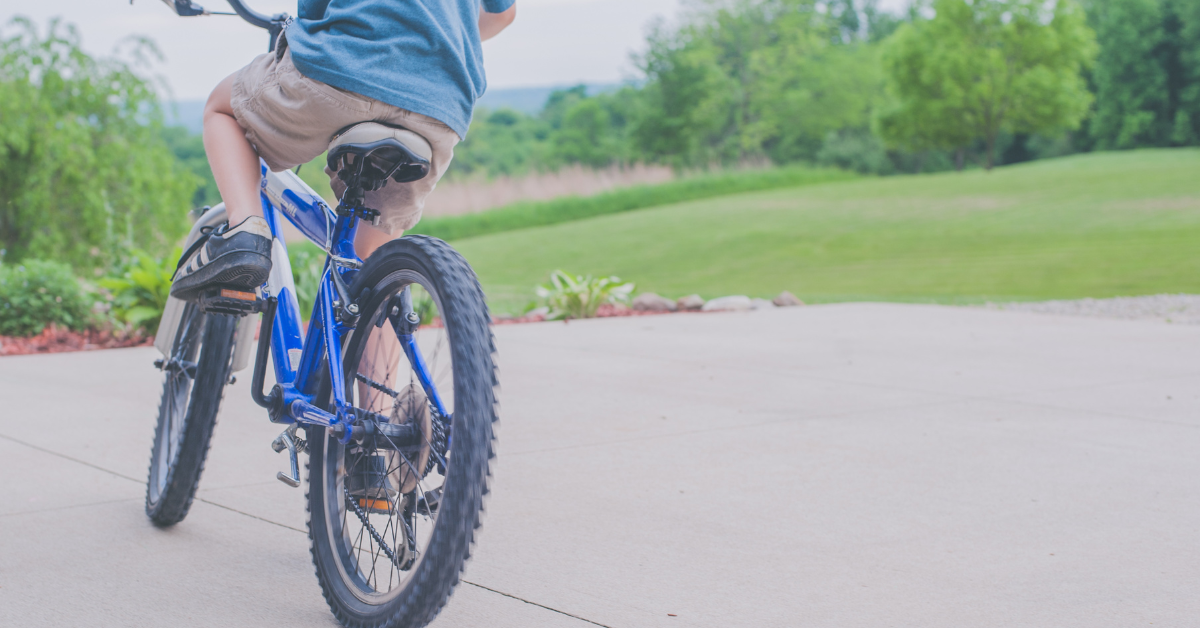Do you tell your child to “stay on the sidewalk because the road is dangerous”?
Under the revised Road Traffic Act effective April 2025, riding a bicycle on sidewalks may now lead to a fine of 6,000 yen.
The idea that “riding slowly is enough” no longer applies.
This article explains the rules and correct decisions parents must know to keep children safe while cycling.
Why Bicycle Riding on Sidewalks Is Principally Prohibited
Under Japanese law, bicycles are classified as “light vehicles.” Therefore, they are generally required to ride on the left side of the roadway. Sidewalks are meant for pedestrians, and bicycles entering them increase the risk of collisions.
In fact, accidents involving children colliding with pedestrians continue to occur frequently. Even a light collision can cause serious injuries to elderly pedestrians, such as bone fractures.
To address these risks, the National Police Agency has strengthened the “Bicycle Guidance and Warning Accumulation System.” Under this framework, repeat offenders of dangerous cycling behaviors will face monetary penalties.
| Main Violation | Description | Possible Fine |
|---|---|---|
| Unauthorized sidewalk riding | Riding on sidewalks not designated for bicycles | Around 6,000 yen |
| Failure to slow down near pedestrians | Not reducing speed when pedestrians are present | Around 5,000 yen |
| Ignoring traffic lights or stop signs | Entering intersections dangerously | Around 6,000 yen |
While bicycles are slower than cars, they can still cause severe harm when mishandled. Age or innocence does not exempt one from accountability.
When Sidewalk Riding Is Permitted
Although the general rule requires bicycles to use the road, the law allows certain specific exceptions for sidewalk use.
| Category | Description |
|---|---|
| Children under 13 years old | Elementary school–age or younger children may ride on sidewalks for safety |
| Elderly over 70 years old | Permitted when road riding is deemed dangerous |
| Persons with disabilities | When safe road riding is difficult or impossible |
| Sidewalks with a “Bicycles Permitted” sign | Only where such official signage exists |
| When road conditions are extremely hazardous | Narrow lanes or heavy traffic making road use unsafe |
This means that children aged 13 and above (junior high school) are in principle required to ride on the road. Even if parents instruct their children to use sidewalks “for safety,” doing so outside these exceptions may constitute a violation.
In urban areas, some sidewalks are marked with “Bicycles Permitted” signs—parents and children should make it a habit to check for these before riding.
Rules for Riding on Sidewalks
Even when sidewalk riding is permitted, cyclists must strictly adhere to several key rules. The underlying principle is that pedestrians always have priority on sidewalks.
| Rule | Explanation |
|---|---|
| Pedestrian Priority | Cyclists must not obstruct or frighten pedestrians; speak up politely when overtaking |
| Slow Down (Caution Speed) | Ride at a speed that allows immediate stopping; stop entirely if the sidewalk is crowded |
| Keep to the Roadside Edge | Ride on the side closest to the roadway, not near buildings or walls |
| Do Not Ring the Bell Improperly | Bells may only be used to avoid imminent danger—not to force pedestrians aside |
| Stop and Check at Intersections | Always stop and look both ways when entering or exiting a roadway |
Failure to follow these rules can result in civil liability if an accident occurs.
In past cases, parents of child cyclists were ordered to pay millions of yen in damages after their children injured pedestrians. Therefore, sidewalk riding must always be done with constant awareness and control.
Why Penalties Are Being Strengthened
The latest law revision reflects not just stricter enforcement but also an effort to reshape public awareness of cycling safety.
| Underlying Issue | Current Situation |
|---|---|
| Increase in pedestrian collisions | About 40% of bicycle accidents occur on sidewalks |
| Aging population | Victims are often elderly and sustain more severe injuries |
| Growing bicycle use | Rapid rise due to commuting, school, and leisure use |
| Normalization of minor violations | A widespread attitude of “It’s just a little rule-breaking” |
The National Police Agency recognized that education alone is not enough. Thus, a fine system was introduced as a deterrent.
Repeat violators may be required to attend mandatory safety courses, and failing to do so could lead to criminal penalties.
Although this may seem harsh, the true goal is to restore the idea that bicycles are vehicles—subject to the same responsibility as any other road user.
What Parents Can Do to Protect Their Children
Preventing accidents begins at home. Teaching children the rules of the road and practicing them repeatedly are the most effective forms of safety education.
| Measure | Practical Example |
|---|---|
| Wear a Helmet | Greatly reduces fatal injury risk; legally encouraged since 2023 |
| Check Brakes and Lights Regularly | Inspect weekly; especially after rain |
| Plan a Safe Route to School | Choose roads with fewer intersections and lower traffic |
| Practice Riding Skills | Rehearse braking, turning, and checking surroundings in a park |
| Share Rules as a Family | Discuss why dangerous behavior must be avoided |
Local traffic safety classes run by police or schools can also help children “learn by doing.”
At home, parents should emphasize not just “Don’t do that, it’s dangerous,” but “Here’s how to ride safely.” Shifting focus from prohibition to understanding encourages responsibility.
Misunderstandings About “Safe Speed”
Many believe that riding slowly is automatically safe, but most sidewalk collisions occur at low speeds. Even slow-moving bicycles can cause a pedestrian to fall and be seriously hurt.
Safety depends not only on speed but also on awareness and observation. Children have narrower fields of vision and may not notice pedestrians approaching from the side. Parents can ride behind them, watching how they look around, stop, and react to surroundings.
| Risky Behavior | Reason for Danger |
|---|---|
| Looking only straight ahead | Cannot respond to sudden cross-traffic |
| One-handed riding | Easily loses balance, increasing fall risk |
| Using phones or listening to music | Reduces attention and reaction time |
In short, “slow” does not mean “safe.” True safety means being ready to stop at any moment and anticipating the unexpected.
Community and Family Working Together
Even with laws in place, real safety depends on collaboration between families and communities.
Many local governments are improving safety by adding colored lanes, guardrails, and bicycle paths along school routes. In addition, PTA and neighborhood watch groups are conducting “school route watch” programs where adults monitor children’s commutes.
These collective efforts naturally raise children’s awareness of safe cycling.
At home, small daily habits make a big difference:
- Ask, “Did you put on your helmet?” before leaving
- Check that the bike’s light works before each ride
- Discuss recent accident news together as a family
Such simple conversations can prevent major tragedies.
Conclusion
Bicycles are convenient and eco-friendly, but if misused, they can become dangerous weapons. The April 2025 law revision is not merely punitive—it’s part of a broader effort to build a culture of shared responsibility for safety.
True safe riding means more than just slowing down; it means understanding the rules and showing respect for pedestrians.
When parents model good behavior and children learn by watching, the result is a safer community for everyone.
Every change begins with a single act—a parent’s gentle reminder, a child’s cautious glance. Together, these small actions create the foundation for a society free from avoidable accidents.



